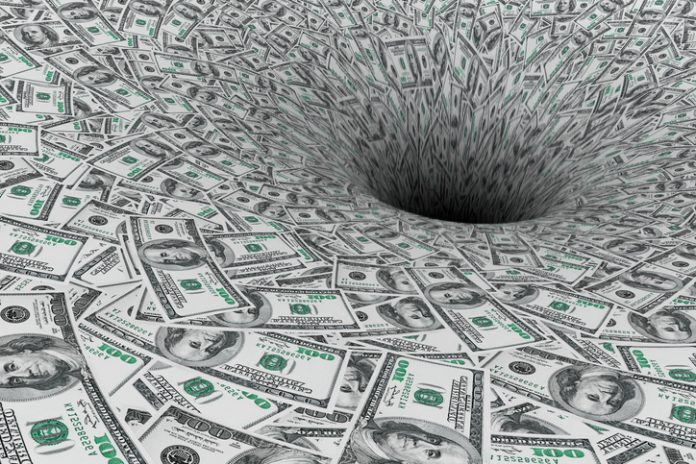By Christian Wade
(The Center Square) — Low-income Rhode Islanders will get some financial relief from the state’s cap-and-trade program to offset energy bills this winter.
The state Public Utilities Commission has approved a plan to tap $3 million in funding from the Regional Greenhouse Gas Initiative to provide direct rate relief to low-income Rhode Island residents for their electricity bills.
Gov. Dan McKee said the funding would give nearly 39,000 low-income customers help with their utility bills, saving households an estimated $26 a month over a three-month billing period.
“We know that any increase in electric rates will impact all Rhode Islanders,” the Democrat said in a statement. “We’re committed to continue funding ways to lower costs for residents across our state.”
The McKee administration has distributed more than $7 million through its relief program, funded through the Regional Greenhouse Gas Initiative, a multi-state consortium Rhode Island joined in 2011, which sets a price and declining limits on planet-warming carbon dioxide emissions from power plants.
Under the cap-and-trade program, fossil-fuel power plant owners with a capacity of 25 megawatts or more must purchase a credit for every ton of carbon dioxide they emit. States can use the money they receive from the program for energy and environmental programs.
Lawmakers approved a plan to freeze the state’s 4% utility gross receipts tax collections on residential and small businesses’ utility bills from December 2023 to March 2024 as part of a $14 billion fiscal year 2024 budget signed by McKee in June.
McKee said the move will collectively save households $18.3 million and businesses $17.3 million during the utility billing periods.
The state is also expected to provide energy assistance through Rhode Island, including LIHEAP, the Good Neighbor Energy Fund, Keep the Heat On and the Free Home Energy Assessment Program.
Last year, Rhode Island received more than $36 million in federal funding for the LIHEAP and $1.5 million for weatherization assistance, according to the state energy office.
Depending upon a family’s income, a household heating with oil or other deliverable fuel can receive between $981 to $1,285 in federal funding assistance. Qualified customers heating with gas could receive $805 to $970; those heating with electricity could receive $983 to $1,230, according to the McKee administration.
Acting Energy Commissioner Christopher Kearns said the state would continue looking for ways “to reduce long-term energy usage and minimize electricity bills for households,” with additional federal funding flowing to the state from the Inflation Reduction Act, signed by President Joe Biden last year.
“We’re focused on continuing this effort to provide much needed direct relief to low-income constituents, while Rhode Island and the New England region face higher winter electric rate periods, when compared to winter electric rates over the previous decade,” Kearns said.
Christian Wade is a contributor at The Center Square.
Originally published by The Center Square. Republished with permission.
To read about other green programs in Rhode Island, click here.
To read about Rhode Island’s assault on oil companies, click here.


























